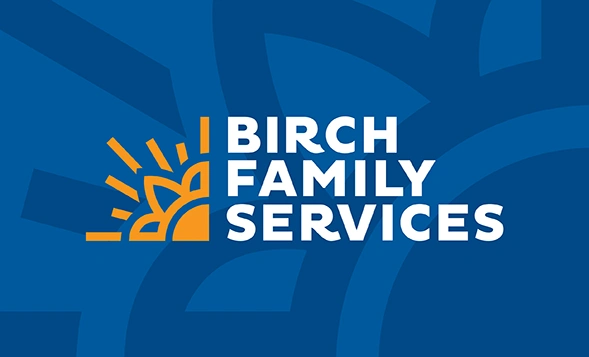Are you able to reduce your logo to the smallest of sizes and still have it be legible? You’ve spent countless time developing your brand. You’ve worked hard at building your customer base and keeping them happy. You’ve built the best and biggest brand possible… so why risk it all with a logo design that doesn’t pass the “piccolino test?”
Piccolino is Italian for “tiny” and just like the two “C’s” in the word, your brand’s logo must include creativity and clarity. Naturally a logo design needs to be creative, but it’s the logo’s clarity that will allow it to be read easily and be recognized even at small sizes. Keeping your logo’s letters or icon legible at all sizes is an art form. Your logo design needs to be effective everywhere, including the piccolino logo—in print, digital, embroidery, silk screening, and more.
If you cannot reduce your logo smaller than two inches and still have everything remain clear, it’s likely your logo is overly complex.
If you cannot reduce your logo smaller than two inches and still have everything remain clear, it’s likely your logo is overly complex. Thin lines, minuscule details or gradient shading can get jumbled together when your logo needs to be reproduced in a small size. Ultimately your logo should maintain its clarity at 1-inch wide, even as small as 3/4″ wide as these are commonly the smallest sizes at which most logos will be used.

Sometimes logo applications, such as sponsorship ad placements (where several brand logos appear together), will require specific widths. If your logo designer has not considered these applications in advance, the letters of your logo may become too small to be legible. This is especially true if your logo is mainly a long name on one line (resulting in a long, horizontal logo). I see it regularly where logos with a narrower-width have a distinct visibility advantage over wider logos in these small format situations.
Here is a list that will help you test your logo to see if it passes the piccolino test:
- Can you reduce your logo design to less than an inch in width?
- Is your logo design legible if you print it small and in black and white?
- Would you be able to print your logo design on a pen and still be able to read it?
- Would your logo be legible if it were on the face of a watch?
If you answered “yes” to all of the above, congratulations! Your logo passes the piccolino test.
Optimizing Your Piccolino Logo
One key to enable infinite scaling of your logo without loss of quality is to have your logo design created and saved as a vector-based file format, such as an Adobe Illustrator .eps file (read What’s the Difference Between a Vector Logo and a Raster Logo). The nice thing about this particular format is it allows optimization in many other file formats that you’ll be using to promote your brand.
Being able to save clean, crisp logos from a vector-based file is absolutely critical, especially when saving your logo at very small sizes. Get bonus points on the piccolino test if you can reduce your logo to a 16-pixel by 16-pixel favicon! A favicon is an icon associated with a URL that is variously displayed, as in a browser’s address bar or next to the site name in a bookmark list. See our letter “T” near your web browser address bar.
If your logo design does not pass the piccolino test and is hard to read at small sizes, you may have a problem on your hands and require a logo redesign. Contact Trillion or give us a call at 908.219.4703 to see what we can do to help your logo pass the piccolino test with flying colors.







